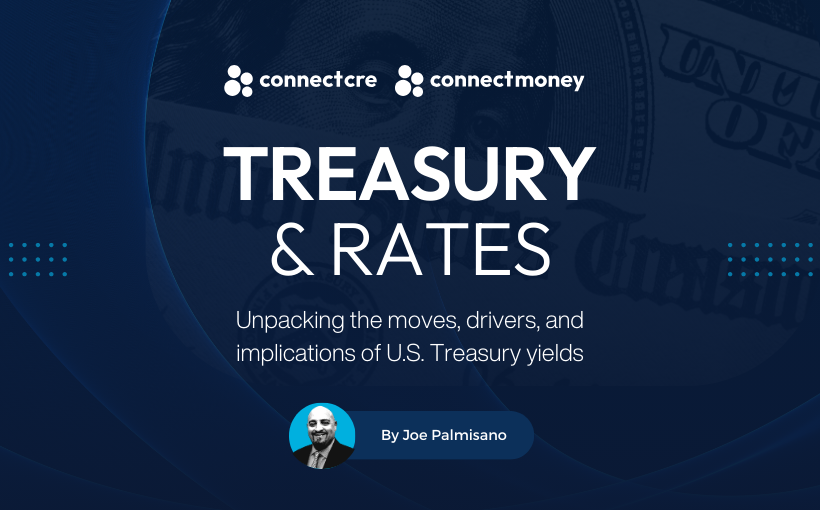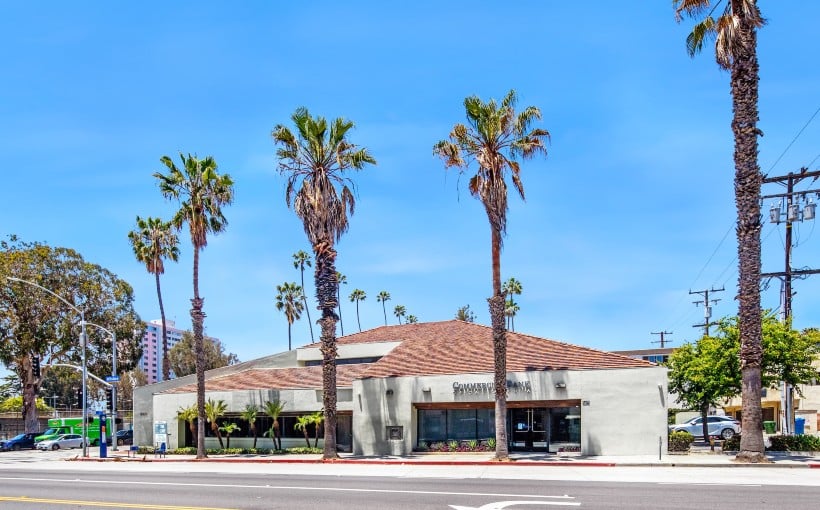**After 40-Year Downtrend, Bond Yields May Be Set for a Multi-Decade Climb**
Interest rate cycles often extend over decades, not merely years. This aligns with long-term economic patterns identified by Russian economist Nikolai Kondratiev in the 1920s. Known as Kondratiev waves, or K-waves, these cycles typically span 45 to 60 years, reflecting major shifts in economic growth, technological progress, and capital investment.
These waves unfold in four phases—commonly referred to as economic “seasons”:
– **Spring (Expansion)**
– **Summer (Inflationary Boom)**
– **Fall (Disinflation/Stagnation)**
– **Winter (Deflation/Depression or Crisis)**
Historically, interest rates have closely tracked these phases.
During the Spring and Summer phases, economies typically experience growth and rising prices amid low borrowing costs. Demand for capital surges, and inflation remains under control. However, in the Fall and Winter phases, economic slowdowns, inflationary pressures, or central bank interventions tend to push interest rates higher. The Winter phase, in particular, is often marked by persistent inflation, increased unemployment, and financial instability.
Historical interest rate data supports this framework. From 1960 to 2007, interest rates above 4% were common, supporting strong asset growth across housing and equities. Between 1967 and 2000—a stretch totaling 33 years—interest rates consistently exceeded 5.75%, yet fears of economic collapse were minimal. Policymakers at the time understood that rates set too low risked stoking inflation and speculative bubbles. Between 1970 and 1994, Treasury yields typically ranged between 5.75% and 8%, well above today’s 10-year Treasury yield of approximately 4.50%, a level still historically low.
From 1981 to 2020, interest rates followed a pronounced 40-year downtrend, largely driven by central bank policies designed to stimulate economic activity. As economies grew increasingly reliant on ultra-low rates—many dipping below 3%—concerns over inflation and speculation were downplayed. Nonetheless, such rates became a policy mainstay during this extended period of accommodative monetary policy.
Now, with the break of this four-decade downtrend and in light of Kondratiev wave theory, we may be transitioning into the Fall and Winter phases. This suggests that higher interest rates could be a persistent feature for years or even decades.
If the Kondratiev framework proves correct, interest rates could return to their historical range of 5.75% to 8% and remain elevated over an extended horizon. Should inflationary and debt-related pressures intensify, rates might even exceed this range, entering crisis levels.
This represents a fundamental shift in the economic regime. Asset valuations, fiscal policy, and macroeconomic strategy may need to undergo significant adjustment. Investors could be required to reprice risk across both fixed income and equities. Central banks may find themselves with limited policy flexibility, facing persistent inflation and rising debt-servicing burdens. For borrowers—including corporations, governments, and households—this new era of costlier capital could force difficult reprioritizations.
As the macroeconomic landscape evolves, so too must our strategies for adapting to structural change in interest rates and financial markets.




